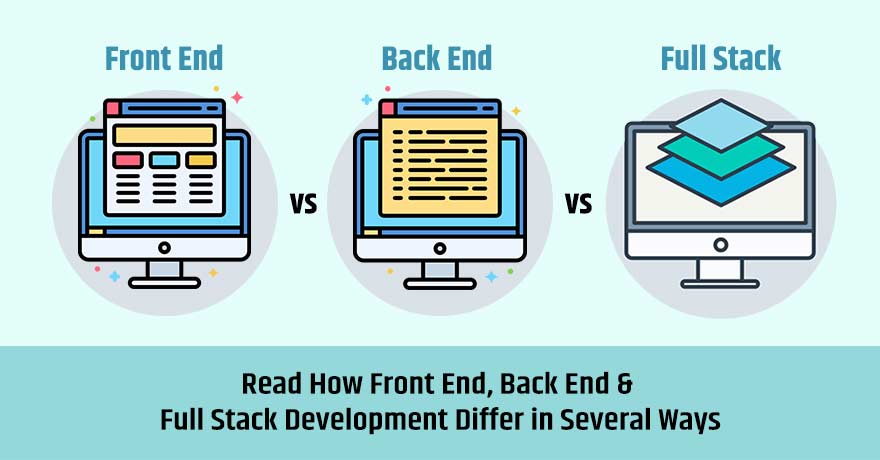Insights Hub
Your go-to source for the latest news and information.
Behind the Curtains of Back-End Development
Uncover the secrets of back-end development and elevate your coding skills with insider insights from the pros. Dive in now!
Understanding APIs: The Backbone of Back-End Development
APIs, or Application Programming Interfaces, play a crucial role in modern back-end development. They serve as the bridge between different software applications, allowing them to communicate and share data seamlessly. By defining a set of rules and protocols, APIs enable developers to access the functionality and data of external services without ever needing to understand the underlying code. This abstraction not only enhances productivity but also facilitates the integration of diverse systems. As businesses increasingly rely on interconnected applications, understanding APIs becomes essential for anyone involved in back-end development.
In a nutshell, API calls can be considered as requests for information or commands sent between clients and servers. An API typically consists of several key components, including endpoints, methods, and responses. For instance, a typical interaction might follow these steps:
- The client sends a request to a specific endpoint using an HTTP method (like GET, POST, PUT, or DELETE).
- The server processes the request and returns the corresponding response, often in JSON format.
- The client then interprets this response to provide the requested data or feedback to the user.

Demystifying Databases: How Data Management Powers Your Applications
Databases are the unsung heroes of modern applications, quietly powering them from behind the scenes. Essentially, a database acts as a structured repository for data, allowing applications to store, retrieve, and manipulate information with remarkable efficiency. Whether it's customer information for an e-commerce platform or real-time analytics for a mobile app, effective data management is crucial. By understanding the various types of databases—such as relational, NoSQL, and in-memory—developers can choose the right solution to meet their specific needs, ensuring optimal performance and scalability.
The importance of data management cannot be overstated, especially as the volume of data continues to grow exponentially. Proper data management involves not just storing data, but also organizing, backing up, and securing it to prevent loss and breaches. Implementing best practices, such as regular data audits and using indexing for faster query responses, is key to maintaining a robust database. As applications evolve, continuous evaluation and adaptation of data management strategies will ensure that they remain responsive and efficient in an ever-changing digital landscape.
What Makes a Server Tick? An In-Depth Look at Back-End Architecture
A server's back-end architecture is the backbone of its functionality, comprising an intricate system of components that work together to deliver seamless user experiences. At its core, the server environment includes hardware, such as CPUs, memory, and storage, as well as software, like operating systems and server applications. This architecture is often organized into layers, each serving a specific function. In a typical setup, you'll find the application layer, which processes user requests, the database layer, which stores and retrieves data, and the network layer, which facilitates communication between users and the server. Understanding these layers helps to demystify what makes a server tick.
One of the pivotal aspects of server performance lies in its scalability and reliability. A well-designed back-end architecture allows servers to handle varying levels of traffic without significant downtime. This is often achieved through
- load balancing,
- caching mechanisms,
- and failover systems,